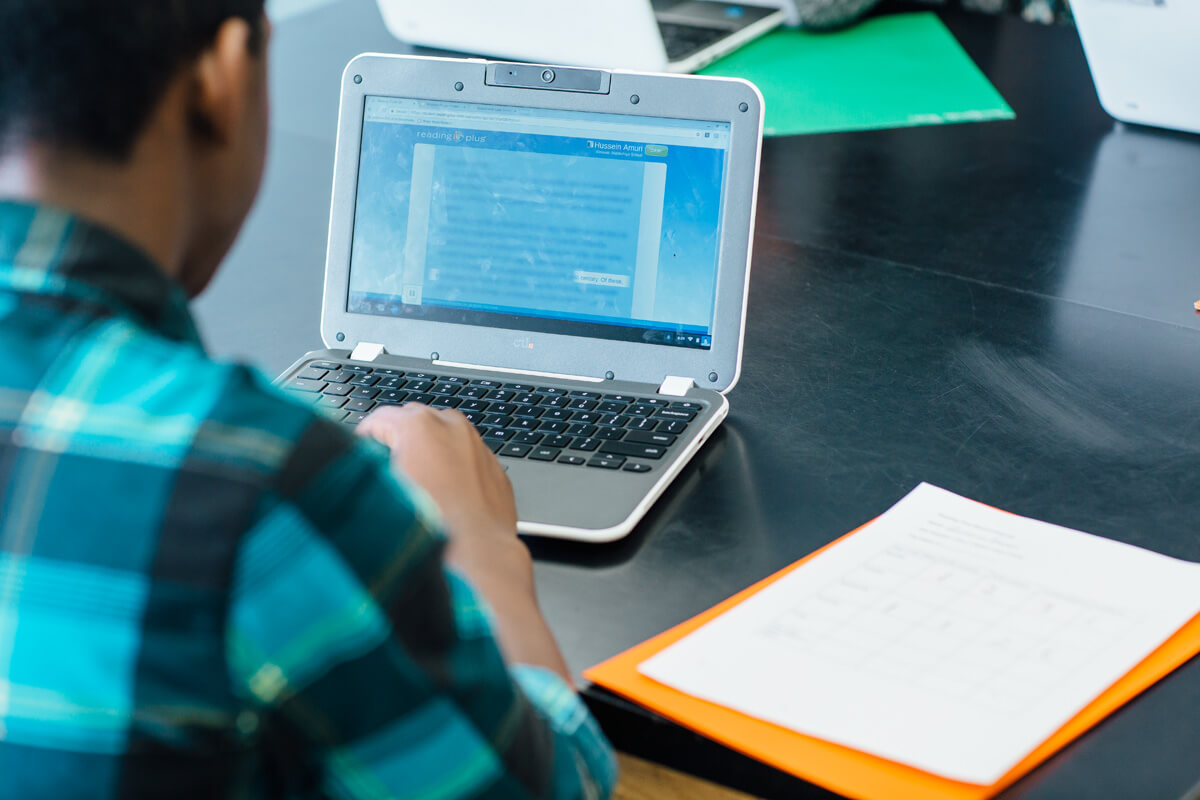
The latest stimulus funding package, the Coronavirus Recovery and Relief Supplemental Appropriations (CRRSA) Act, allocates over $82 billion to education with an emphasis on addressing student learning loss during COVID-19.
Within the CRRSA Act, $54 billion is allocated to the Elementary and Secondary School Emergency Relief (ESSER II) fund—four times the size of the first round of stimulus funding in the CARES Act ESSER fund. The allowable uses of the funds give principals and local education agencies (LEAs) wide latitude for decision-making to fit the needs of their individual schools and districts.
What is the Consolidated Appropriations Act of 2021?
In late December 2020, Congress passed the Consolidated Appropriations Act of 2021. This act includes two parts:
- Omnibus Annual Federal Spending Bill: $1.4 TRILLION
This is the annual federal budget that funds everything, including education. - Coronavirus Response and Relief Supplemental Appropriations (CRRSA) Act: $900 BILLION
This is the second round of stimulus funding after the CARES Act in 2020. About $82.4 billion is allocated for education.
How will the stimulus funds be allocated for education?
Out of the $900 billion stimulus package, $82 billion is allocated to education in three funds:
Elementary and Secondary School Emergency Relief (ESSER II)
- Public K-12, divided among a state’s public school districts
- Includes charter schools
- Allocated following Title I, Section A guidelines
- Receives 67% of the funding, or $54.3 billion
Higher Education Emergency Relief (HEER)
- College and higher education
- Receives 28% of the funding, or $22.7 billion
Governors Emergency Education Relief (GEER)
- K-College institutions that have been “most significantly impacted by coronavirus”
- Funds are disbursed at the governors’ discretion
- $2.75 billion must be granted to private schools
- Receives 5% of the funding, or $4.1 billion
In addition, $818.8 million is allocated for relief for outlying areas and the Bureau of Indian Education.
How can schools use the funds?
The Act outlines 15 allowable uses of ESSER II funds that fall into three general categories:
1. Learning and Learning Loss
- Purchasing education technology to support remote or hybrid instruction
- Planning and implementing summer or after-school programming
- Administering and using high-quality assessments that are valid and reliable to accurately assess students’ academic progress and assist educators in meeting students’ academic needs, including through differentiating instruction.
- Implementing evidence-based activities to meet the comprehensive needs of students.
- Providing information and assistance to parents and families on how they can effectively support students, including in a distance learning environment.
- Tracking student attendance and improving student engagement in distance education.
2. Activities Already Allowed
The funds can be used for any activities already permitted under:
- Elementary and Secondary Education Act of 1965 (ESEA)
- Individuals with Disabilities Education Act (IDEA)
- Carl Perkins Career & Technical Education Act
- McKinney-Vento Homeless Assistance Act
- CARES Act
So, if a use case already qualifies under one of these acts, then it would qualify under the new stimulus.
3. COVID-Preparedness and PPE
- Improving coordination to slow the spread of COVID-19
- Supporting school district efforts to improve preparedness
- Training staff on the best ways to sanitize schools and proper use of personal protective equipment (PPE)
- Purchasing PPE and the supplies needed to clean and disinfect schools
- Planning for school closures
ESSER II funds expire on September 30, 2023, so districts can effectively spend this money for use in three school years (2020-2021, 2021-2022, 2022-2023).
Learn how Reading Plus aligns with the new stimulus funding requirements in our new guide.
Interested in learning more?
Sources
Learning Policy Institute: A Second Round of Federal Relief: An Important Next Step
Chalkbeat: 10 Questions About the New Stimulus, Answered
FutureEd: What Congressional Spending Means for K-12 Education
US Department of Education: ESSER II Fact Sheet
US Congress: Consolidated Appropriations Act, 2021




